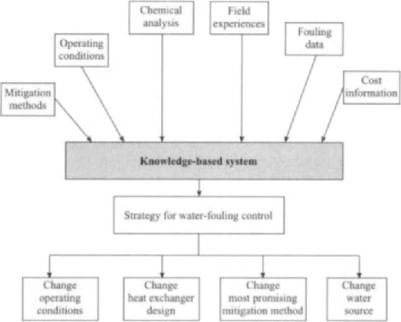profile/9624Emmanuel.jpg.webp
EMMYCOOL2022

Difference Between Mobile Phones And Smartphones
~1.4 mins read
What is the difference between a smartphone and a GSM?
When it comes to phones, you'll encounter all kinds of terms. 'Smartphone' and 'mobile phone' are 2 frequently-used terms. What's the difference between them? Are there any? I'll tell you in this article.
Comparison Differences What should I choose?
Compare a mobile phone to a smartphone
Mobile phone Smartphone
Making phone calls Yes Yes
Send texts Yes Yes
Surfing the Internet No Yes
Download apps No Yes
Keyboard Usually physical Usually virtual
Camera Average (if present) Average to very good
What is the difference between a GSM and a smartphone?
what is a smartphone
Even though we often call smartphones mobile phones, the 2 terms technically refer to different devices. A mobile phone and a smartphone are both mobile devices you can use to call and send texts. That's about where a mobile phone stops, too, though some also feature a camera. A smartphone has all kinds of extra functionalities, like Internet access, the option of downloading apps, and a camera (that's often better). This gives you the option of answering emails via your phone and to share photos you take with your friends right away. Another difference is that mobile phones often have a physical keyboard, while smartphone keyboards are usually virtual.
View all mobile phones
What should i choose: a mobile phone or a smartphone?
what is a cell phone
The comparison between a smartphone and a mobile phone shows that a smartphone has more options, though this doesn't necessarily mean it's better than a mobile phone. Your preference determines which phone is the better option. Maybe you're looking for a straightforward phone to use for calls and texts, and don't need all those extra functions. The straightforwardness of a mobile phone can be very useful, just like the physical keyboard is convenient in use. If you want access to the Internet, want to download apps and take pictures, you'll likely prefer a smartphone.
profile/9624Emmanuel.jpg.webp
EMMYCOOL2022

Computer As A Technology
~1.9 mins read
Computer technology is leading to more accurate sizing and rating methods for process equipment. Heat exchangers are designed with high-precision prediction methods and complex numerical techniques to account for the local flow and temperature conditions. Fouling mitigation is just changing from an art to a science-based technology. The real benefits of sophisticated design codes will not be achieved without reliable fouling prediction methods and mitigation techniques that can be incorporated into the design phase. Recent developments in the computer technology provide an opportunity to productively use fouling information that is scattered in the literature, industry log books, and in reports. A long-term goal for the industry is to develop a knowledge-based system for designing and operating heat exchangers with a minimum impact of water fouling. The major challenges to develop the knowledge-based system are as follows:
1.
Compilation and organization of the fouling data
2.
Easy access by both research organizations and industry
3.
Development of a logic system for interpreting the fouling data
4.
Industrial acceptance of such knowledge-based systems
The fouling data and analyses reported in the literature are often inadequately utilized. To effectively utilize these data, compilation and organization of fouling information are major tasks and challenges for research organizations and industries. This task is more important for the fouling-mitigation technology as compared to other engineering areas. It is hard to imagine that there could be a single correlation with a given set of parameters that can be used to predict the rate of fouling or determine the threshold fouling conditions. One has to rely on the best possible approach to mitigate fouling for a given set of conditions. In the absence of such information, either mitigation methods are overutilized, with high chemical costs, or underutilized, with high maintenance and production costs. Perrakis et al. [54] introduced an approach for compiling the fouling data in the literature. A major cooperative effort is required to carry out such a major challenge for compiling and organizing data. The fouling data and analyses must be accompanied with physical and chemical parameters without which the data have little value.
The next step in information technology is to develop a logic system to utilize the database for interpreting the results. Faltzin et al. [13] discussed a possible approach for utilizing a so-called expert system for selecting a strategy for fouling control. However, before such an expert system can be developed, it is essential to develop a knowledge-based system to access and interpret the fouling information. The logic for knowledge-based systems can be structured as shown in Fig. 19. The system is a computerized tool for aiding the engineer to design and operate the heat exchanger with the best possible strategy that can be used for mitigating fouling.
Advertisement

Link socials
Matches
Loading...
